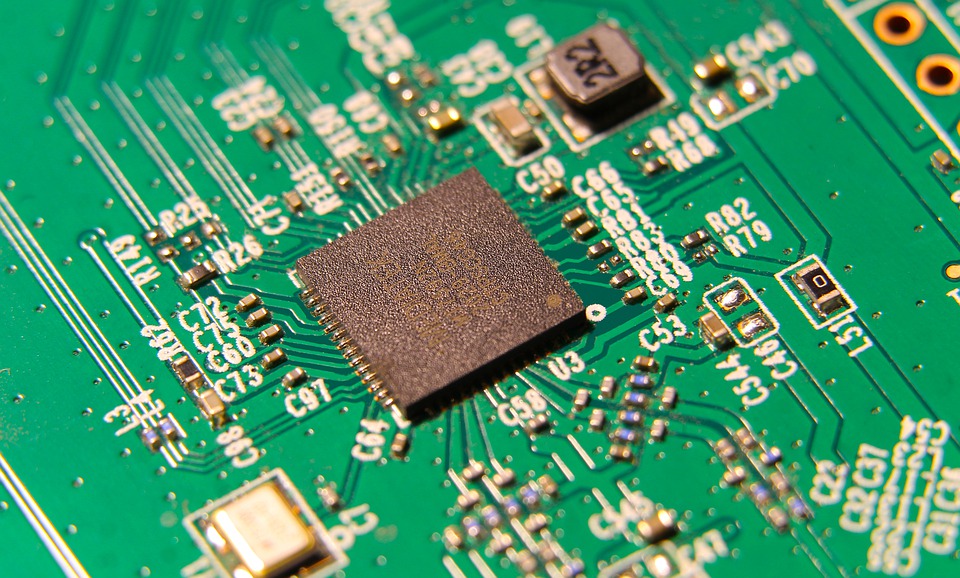Software is an integral part of our lives, with almost every aspect of modern society relying on some form of technology. From mobile apps to complex systems that power businesses, the quality of software directly impacts its performance, reliability, and security. As software development continues to evolve, the importance of building better software with improved code quality becomes increasingly critical.
Code quality refers to the standard of the code written to develop software applications. Poor code quality can lead to bugs, glitches, and vulnerabilities that can compromise the functionality and security of a software product. Building better software with higher code quality requires a strategic approach and a commitment to best practices throughout the development process.
Here are some strategies for improving code quality and building better software:
1. Code reviews: Regular code reviews are essential for identifying and fixing issues in the codebase. By having peers review each other’s code, developers can catch bugs, improve readability, and ensure adherence to coding standards. Code reviews also provide an opportunity for knowledge sharing and mentoring within the development team.
2. Automated testing: Implementing robust automated testing processes, such as unit tests, integration tests, and end-to-end tests, can help catch bugs early in the development cycle. Automated testing ensures that changes to the codebase do not introduce regressions and enables developers to confidently make changes without fear of breaking existing functionality.
3. Continuous integration and deployment: Adopting continuous integration and continuous deployment (CI/CD) practices can help streamline the software development process and improve code quality. By automating the build, test, and deployment processes, developers can catch integration issues early and deliver software more frequently with fewer errors.
4. Code standards and guidelines: Establishing coding standards and guidelines can help ensure consistency and maintainability across the codebase. By enforcing standards for coding style, naming conventions, and architecture, developers can write cleaner, more maintainable code that is easier to understand and modify.
5. Code refactoring: Regularly refactoring code can help improve its quality by removing duplicate code, reducing complexity, and improving readability. Refactoring also allows developers to address technical debt and make the codebase more scalable and maintainable over time.
6. Peer programming: Collaborative coding, such as pair programming, can help improve code quality by encouraging real-time feedback, knowledge sharing, and problem-solving. By working together on coding tasks, developers can learn from each other and produce higher-quality code more efficiently.
Building better software with improved code quality requires a combination of technical skills, processes, and collaboration within the development team. By implementing strategies such as code reviews, automated testing, continuous integration, and code standards, developers can produce software that is reliable, secure, and scalable. Ultimately, investing in code quality pays off in the form of happier users, fewer bugs, and a more sustainable software development process.




